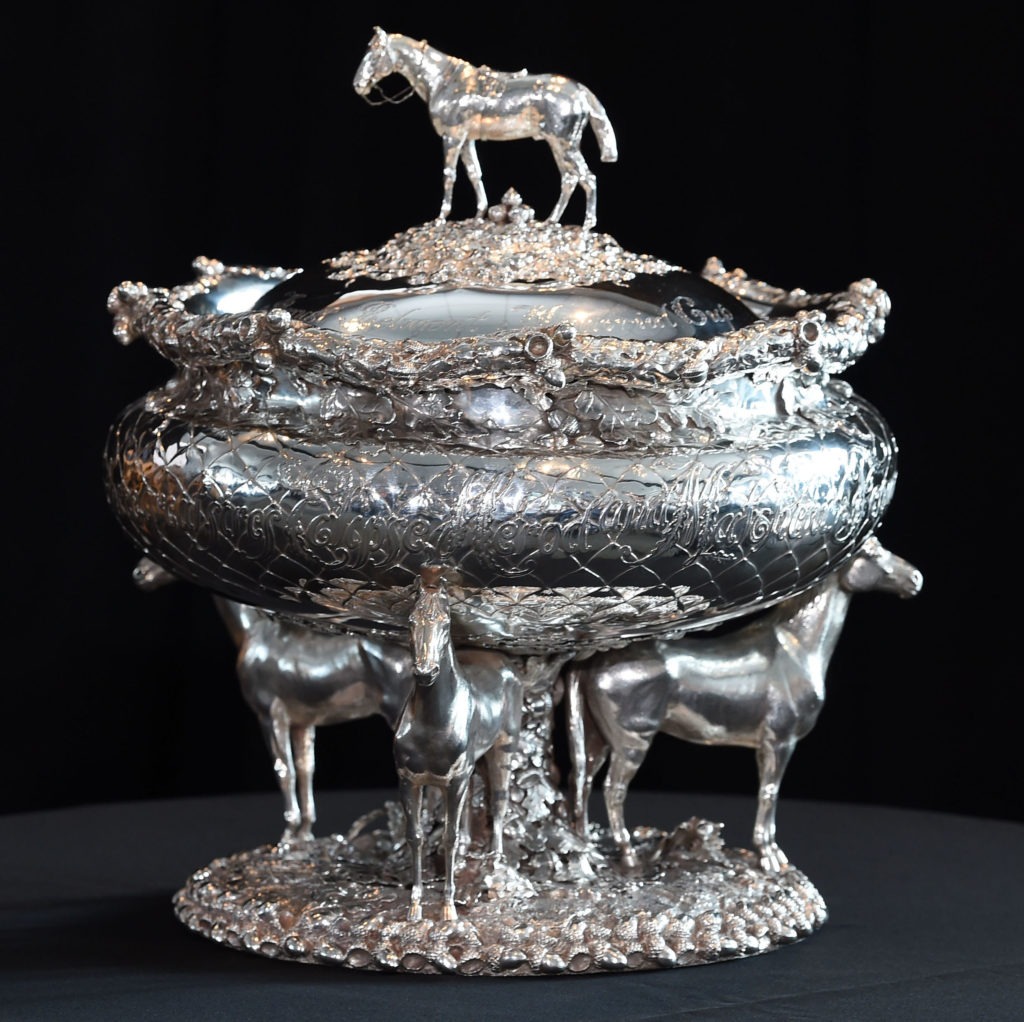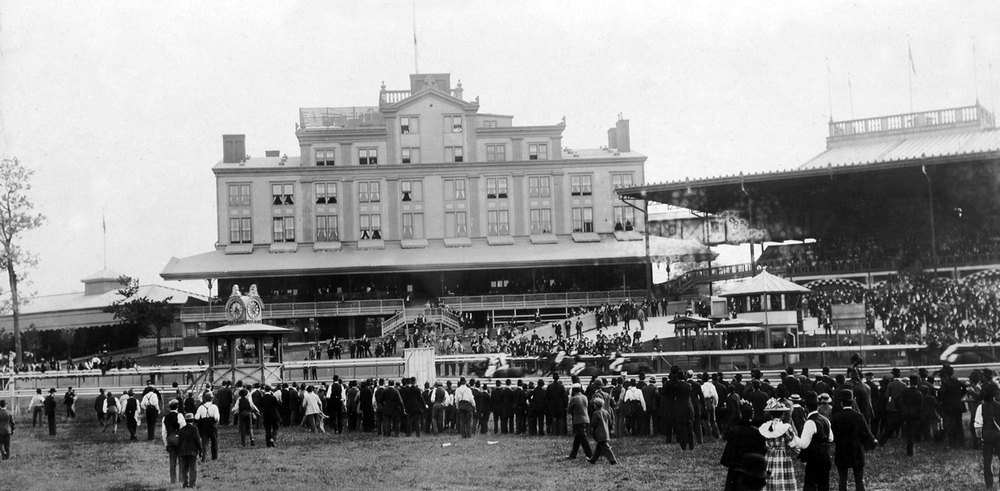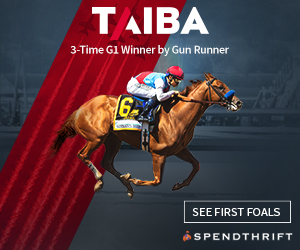
Everything you could ever want to know about The Belmont Stakes, The Test of Champions
By Kate Richards
1. THE BEGINNINGS The Belmont Stakes was first run in 1867 and predates both the inaugural Kentucky Derby, run in1875 and the Preakness Stakes in 1873.
2. THREE LOCATIONS The Belmont Stakes was first hosted at Jerome Park in Brooklyn and continued from 1867 to 1889 when it was moved to Morris Park in the Bronx from 1890 (excepting 1895), until 1905 when Belmont Park was opened in Elmont, New York.
3. SAME HOST for TWO JEWELS Morris Park in the Bronx hosted both the Preakness Stakes and the Belmont Stakes in 1890.
4. THE FOUNDERS The Belmont Stakes was developed by August Belmont Sr. and Leonard Jerome, both involved in NY financial concerns and both emulated in Edith Wharton’s “The Age of Innocence”. The racetrack called Belmont was the product of an investment group headed by August Belmont Jr, aka Belmont II. The race came before the racetrack. The Triple Crown was first proclaimed as a series in 1950, the 5 week time schedule established in 1969.
5. BIG SANDY The Belmont dirt track, nicknamed “Big Sandy” measures, physically, the one and one-half mile (2.4km) of the race and is comprised of sand, clay and silt. The top of the oval marks the same distance as the entire run for the Kentucky Derby, hence the reference to it being “the test of champions”. It is the longest distance that elite racehorses will ever run in their racing career.
6. THE LONGEST RACE From a jockey’s perspective, the post break occurs in front of the main grandstand and the short run to the first turn is the first positioning set-up. Because there are no in-field spectators, the relative quiet gives the jockey an opportunity to read the field, get his mount to relax and make the initial choice of chasing or staying. The far turn is the longest bit of track next to the stretch and where the horse tells the jockey “game on”. More choices or forces beyond control occur here. At the top of the stretch, the field separates and the front line charge begins. This is the critical path. The endurance of the horse, the closing speed and piloting by the jockey tell the story of the finish.
7. THE TROPHY The sterling silver August Belmont trophy, designed by Tiffany and Company in 1926, was presented by the Belmont family commemorating the senior Belmont that same year. The horse on top is the inaugural Belmont Stakes winner named Fenwick, a homebred owned by August Sr.. The three horses supporting the solid silver bowl represent three foundation thoroughbreds: Eclipse, Herod and Matchem.
8. THE GARLAND of white carnations created by NYRA official florist Tony Green and Company is presented to the winning horse. Mr. Green was immortalized in the NY Times in 2014 telling his favorite, California Chrome,“You’re gonna win. Ya gotta win. Racing needs ya to win.”
9. THE SONG “New York, New York” was originally written in 1977 for Liza Minnelli for the Martin Scorsese movie of the same name. Frank Sinatra first sang his rendition of the Kander-Ebb tune in 1978 at Radio City Music Hall and from then on, Mr. Sinatra owned it. The lyrics fit the sport of racing as it lyricizes about coming from a small town and making it big in New York. The Frank Sinatra cover remains the most popular and his recording is played during the post parade to the gates.
10. SIGNIFICANT STRETCH RUNS American Pharaoh (2015) by 5 1⁄2 lengths Afleet Alex (2005) by 7 lengths
Point Given (2001) by 12 1⁄4 lengths Easy Goer (1989) by 8 lengths Secretariat (1973) by 31 lengths
American Pharoah 2015:
Afleet Alex 2005:
The ‘runs like a girl’ note goes to Julie Krone, jockey to 1993 winner, Colonial Affair and to the filly, Rags to Riches in 2007, a race marked by a 5-length duel with the Preakness winner, Curlin.
Rags to Riches 2007:
MORRIS PARK Photo, Keeneland Library
The Belmont Trophy Photo, The Pennsylvania Racing Association





